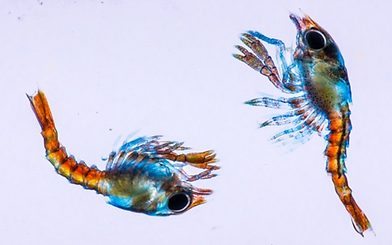

About us...
Whitstable Lobster Hatchery is a non-profit, self-funded registered aquaculture production business (APB), operating at our restaurant The Harbour Garden, in Whitstable's famous working harbour. As far as we know, we are the only restaurant in the world to feature a lobster hatchery!
As an environmentally responsible organisation, we are passionate about protecting and ensuring the future sustainability of our local lobster population and are committed to driving positive change that benefits the marine environment and our coastal community in the long term.
Over the years there has been a noticeable decline in numbers of local native lobsters landed off the North Kent coast. This is likely due to a number of contributing factors including years of over exploitation, changing environmental conditions and extreme weather events. This has led us to look at ways we can give nature a helping hand to replenish and protect this valuable species and support the future prosperity of our local fishermen and coastal community.

how it works...
Egg-bearing female lobsters (berried hens) are caught in the wild and brought into the hatchery by local fishermen. The hens release their larvae in the hatchery tanks which are then collected and reared under controlled conditions. A berried hen carries on average 20,000 eggs under her abdomen, however only ONE of these are expected to survive in the wild. The reason for this is that most newly hatched lobster larvae are consumed as 'fish food' during their early larval stages whilst floating in the water column.
The role of the lobster hatchery is to facilitate the survival of the hatching larvae, increasing their survival rates by rearing them through to their less vulnerable post-larval stage and then releasing them back into the wild.


What is Aquaculture?
The process of cultivating aquatic organisms is known as Aquaculture.
Studies have shown that cultivating lobster larvae in a controlled hatchery environment can improve survival rates up to 1000 times compared to that of the wild.
Once released back into the wild it will take a further 5-7 years for the lobsters to reach the size where they are eligible to enter the fishery.
What happens to our mums?
Once the mums have finished hatching their eggs they are safely returned to the sea.
Immediately prior to their release, a small notch is made in the tail, known as a 'V notch'. This then means it is illegal to remove that lobster from the sea until the notch has grown out in future moults. V notching is a conservational measure used to indicate that the lobster is a breeding female and should be left in the sea to further mate and reproduce.
